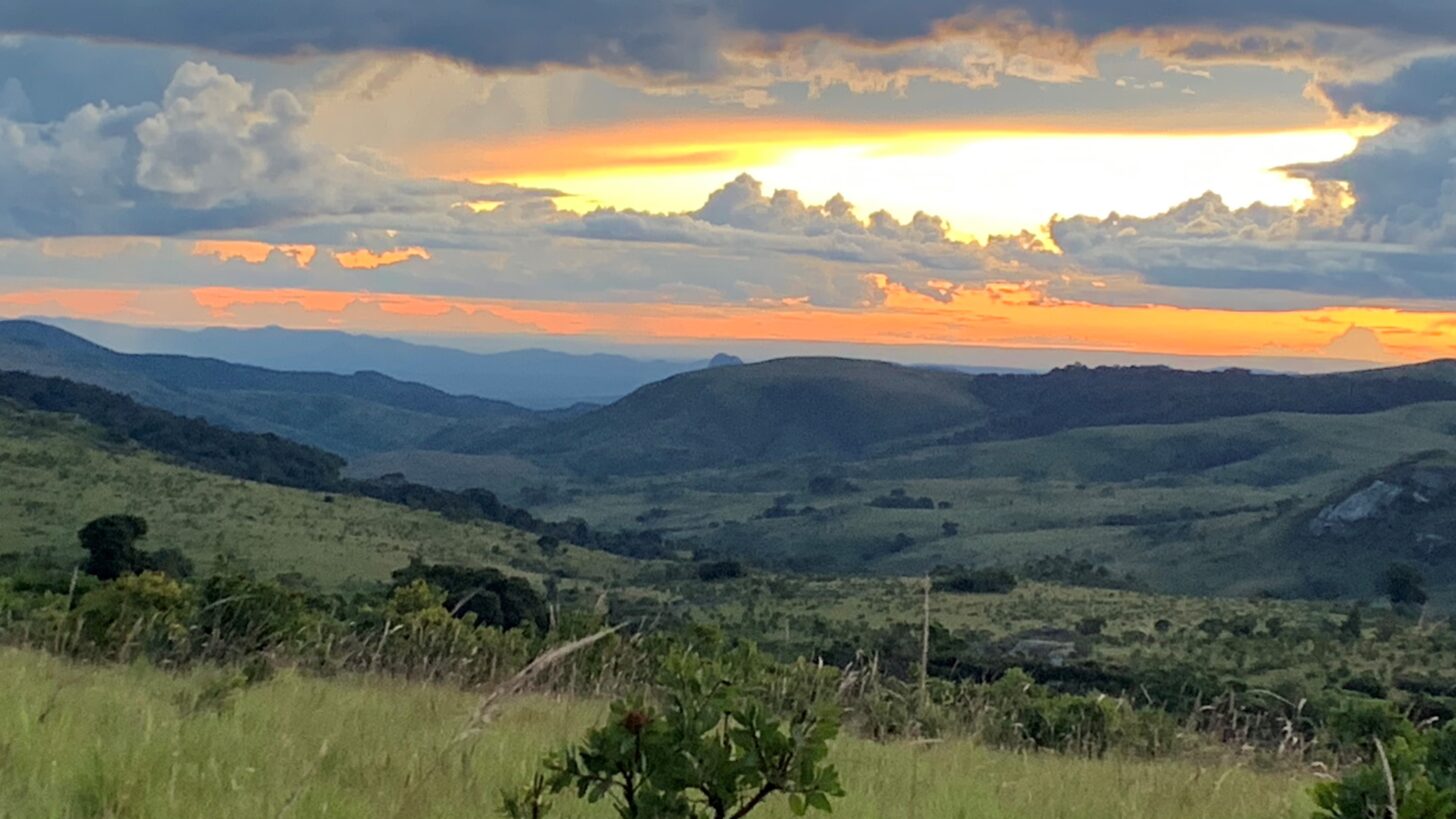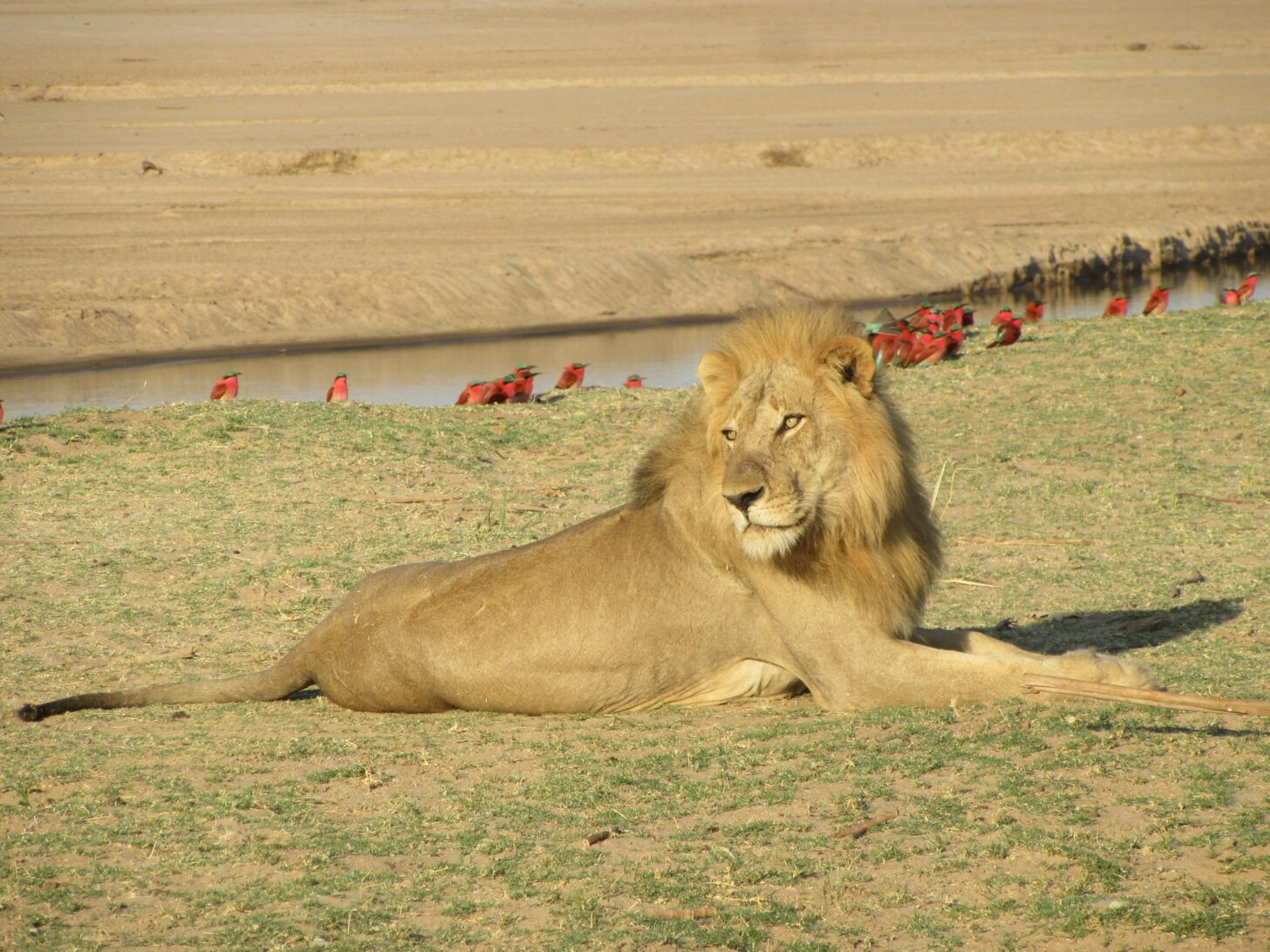Introduction
The United States is blessed with plentiful, accessible, and spectacular places for camping. The facilities, infrastructure, and services make it easy for almost anyone to get outside and surround themselves with nature’s wonders. But, for those looking to find natural wonders outside of the U.S., our world offers abundant options for adventure and pleasure, all while learning about different cultures and people.
As a U.S. Foreign Service Officer, I have had the opportunity to live and work around the world, including Africa, where I currently live. I have taken advantage of these locations to roam off the usual paths to visit out-of-the-ordinary places overseas (National Parks, Forest Reserves, privately owned wildernesses, etc.). The sense of exploration and adventure that getting totally “off the map” provides is immeasurable.

As we all know, planning is fundamental to a safe (and, thus, enjoyable) trip. But planning for backcountry trips to locations in developing nations can be daunting for those who grew up with the amenities the States have to offer. In this Wilderness Skills article, I will provide tips, tricks, and possible solutions for facing the likely hurdles a prospective traveler faces in planning and executing an overseas backpacking trip.”
Tip 1: On choosing a location
A good first step is to determine if where you want to go allows backpacking. Sometimes, backpacking – especially backcountry or “bush” backpacking – is not permitted or is tightly controlled due to dangers (leftover mines from a previous war, illegal wildlife poaching, dangerous animals, etc.) or because the government doesn’t want tourists alone in remote areas.

In many parts of the world, backpacking is not part of local culture, and tourists wishing to trek or camp are an oddity. Trekking is a luxury. It takes time and money that many do not have.
You can sometimes find permitting information just as you would with a trip in the States – by doing an internet search about prospective locations. Is the area protected by the government, a private organization, or controlled by a Traditional Authority (Chief or community land)? Often these areas are clearly identified on a general map. Locations not identified on a map but that seem interesting will take more research to find out how they are managed, if at all.
Tip 2: Dig deeper into land management
If it is government land, determine which governmental department is in charge (Ministry of Lands or Tourism, Department of Forests or National Parks and Wildlife, or other). There should be a website that will provide initial information such as a contact, email address, or a phone number.
A private organization should have a functional website. Often eco-tourism and commercial operators are more reliable, as they want people to come and visit their reserve or use their services. Traditional land will be much harder to find useful contacts for.

Whichever area interests you, reach out for first-hand information. If you find outdated contact information, keep reaching out until you find someone that will respond. Websites are often out of date and poorly monitored, if at all. It might be useful to channel your detective sleuthing skills to find other contact information for the department or the area. If a phone, Facebook, or WhatsApp number is available, a call may speed up this process.
WhatsApp is a low-cost and easy communication app popular outside the U.S. In less developed countries, many people do not have smartphones, and many government agencies do not have regular email connectivity. So email responses might be slow. Facebook is also very commonly used. Many people/organizations have a Facebook page instead of a website. Be patient and persistent and start well in advance of your trip.
Tip 3: Getting from the airport to your trailhead
Many parts of the world offer fewer airline and/or scheduling options than the U.S. or Europe. This lack of availability complicates trip planning and can ramp up costs and constrain travel options – we all have a budget to consider.
Member Exclusive
A Premium or Unlimited Membership* is required to view the rest of this article.
* A Basic Membership is required to view Member Q&A events




Home › Forums › How to Plan and Execute a Successful Backpacking Trip in Developing Nations